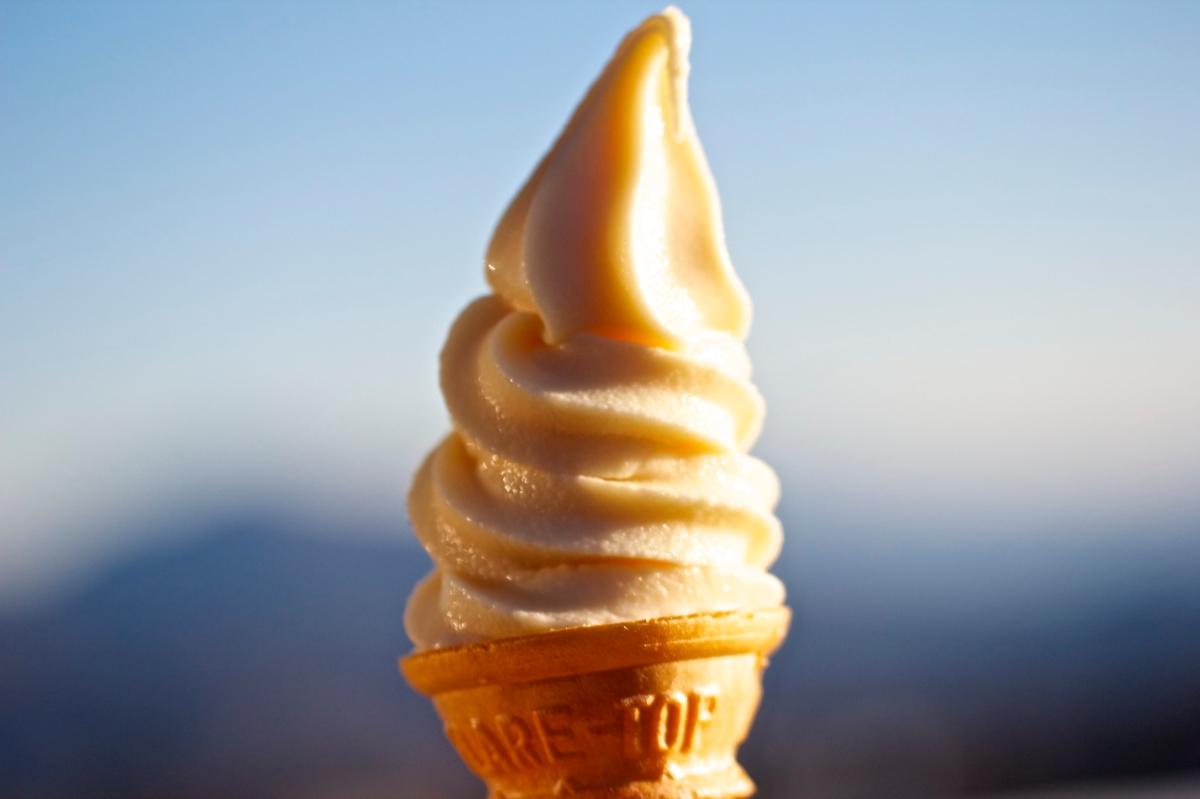Have you ever seen an old-fashioned ice cream maker? Nestled inside a wooden bucket, there's a metal canister with a hand crank on top. Cranking the handle scrapes the sweet, creamy mixture from the sides of the metal canister, which sits in a bath of ice water and salt. But what does salt have to do with freezing? Why not just use plain ice water?
A bath of salty ice water freezes ice cream faster than plain ice water could. And speedy freezing does more than cut down on cranking time on a hot summer's day. A fast freezing process also yields small crystals, insuring a silky texture. Slower freezing could make big crystals with an unpleasant crunch, kind of like ice cream that's gritty with freezer-burn. Here's how salty ice water yields smooth ice cream faster than plain ice water could.
The coldest that plain ice water can get is 32 degrees Fahrenheit, where there's a balance between the rates of melting and freezing. Add salt to the mix, though, and that energy balance tips, allowing the temperature to drop below 32 without freezing. Let's say you toss a handful of salt into ice water, and the temperature drops to 20 degrees. At this lower temperature, salty ice water can absorb more heat from the mixture inside the canister, and freeze it faster, than plain ice water could. And that means you can quit cranking sooner, and kick back on the porch to enjoy your silky-textured, old-fashioned ice cream.









